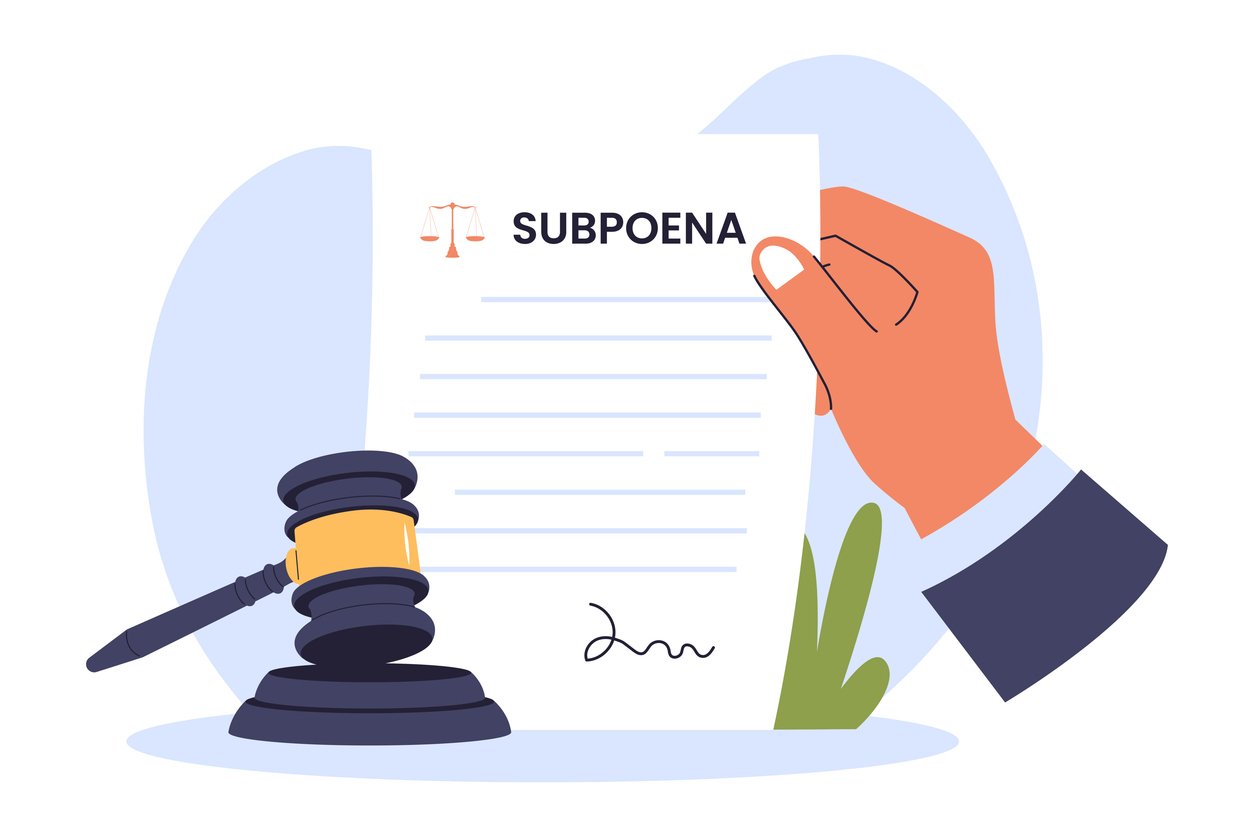 In California, a writ of attachment is a powerful legal tool that allows creditors to secure a debtor’s property before a judgment is reached. This process ensures that the debtor cannot dispose of assets that may satisfy the debt. In this blog, we’ll break down how writs of attachment work, their requirements, and when they can be used.
In California, a writ of attachment is a powerful legal tool that allows creditors to secure a debtor’s property before a judgment is reached. This process ensures that the debtor cannot dispose of assets that may satisfy the debt. In this blog, we’ll break down how writs of attachment work, their requirements, and when they can be used.
What is a Writ of Attachment?
A writ of attachment is a court order allowing a creditor to attach or seize a debtor’s property.
Purpose of a Writ of Attachment
The primary goal is to ensure the debtor’s assets are preserved, preventing their sale or transfer before the creditor can obtain a judgment.
Types of Property Subject to Attachment
Assets that may be attached include real estate, bank accounts, inventory, and equipment. However, certain personal and exempt property may be protected under California law.
When Can a Writ of Attachment Be Issued?
The issuance of a writ of attachment is governed by strict legal requirements.
Legal Claims Eligible for Attachment
The claim must involve a fixed or readily calculable amount, typically arising from a commercial or contractual dispute. It does not apply to personal loans or non-business-related debts.
Creditor Requirements
Creditors must demonstrate a probability of winning the case and prove that the debtor is likely to dispose of assets to evade payment.
The Process of Obtaining a Writ of Attachment
The procedure for securing a writ involves several steps.
Filing the Application
Creditors must file an application with the court, supported by an affidavit detailing the claim, the amount owed, and evidence of the debtor’s actions.
Posting a Bond
The creditor is typically required to post a bond to protect the debtor against wrongful attachment. The bond amount is determined by the court.
Court Hearing
A hearing is held to assess whether the writ should be granted. Both the creditor and debtor can present evidence and arguments.
Defending Against a Writ of Attachment
Debtors have options to contest a writ of attachment.
Challenging the Creditor’s Claim
Debtors can argue that the creditor’s claim is invalid, the amount is incorrect, or the debt does not qualify for attachment under California law.
Filing for Exemptions
Certain assets may be exempt from attachment. Debtors can file a claim of exemption to protect specific property.
A writ of attachment is a critical tool for creditors in California to secure assets and protect their claims. However, navigating the legal requirements and procedures can be complex. Whether you’re a creditor seeking attachment or a debtor defending against it, contact Law Advocate Group, LLP for expert legal assistance in Los Angeles.



